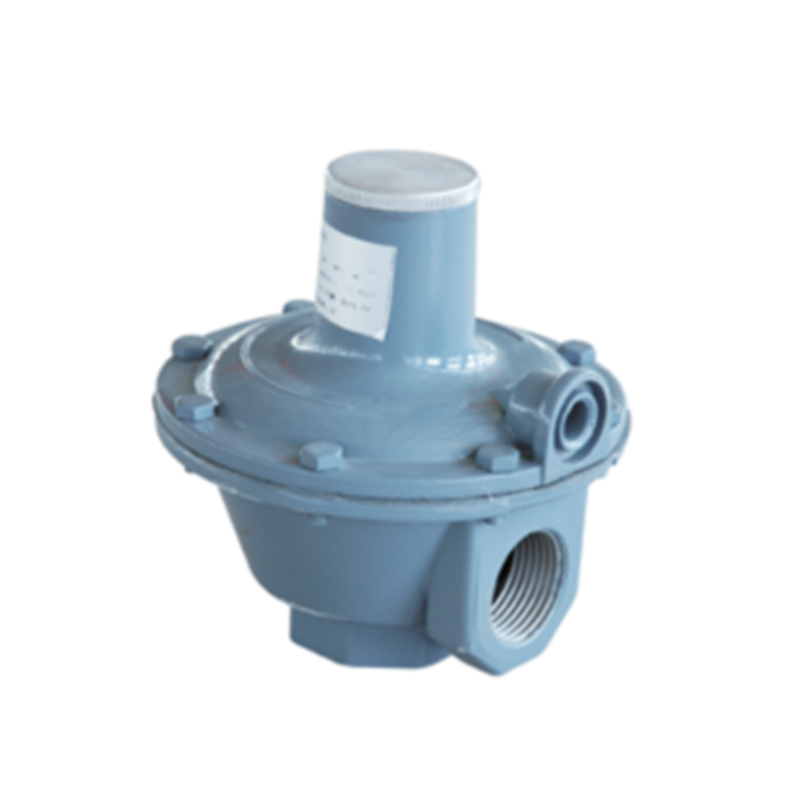
9 月 . 26, 2024 03:23
Back to list
electric regulating valve
Understanding Electric Regulating Valves Functions and Applications
Electric regulating valves are crucial components in various industrial applications where precision control of fluid flow is necessary. These valves integrate electric actuation technology with a flow control valve to manage the flow rate of liquids or gases within a system. Their ability to provide real-time adjustments to flow rates contributes significantly to process efficiency, safety, and reliability across diverse sectors, including oil and gas, water treatment, HVAC systems, and manufacturing.
Functionality of Electric Regulating Valves
Electric regulating valves operate by receiving a control signal, typically from a programmable logic controller (PLC) or a distributed control system (DCS). This signal prompts the valve to adjust its position, thereby modulating the flow of the medium passing through it. The primary components of an electric regulating valve include an actuator, a valve body, and a feedback mechanism.
1. Actuator The electric actuator is responsible for moving the valve to the desired position based on the control signal. It usually consists of a motor, gears, and mechanisms that facilitate linear or rotary motion.
2. Valve Body The valve body is the component where the flow control occurs. It can come in various designs, such as globe, ball, or butterfly, depending on the application's specific needs and the type of fluid being controlled.
3. Feedback Mechanism Many electric regulating valves are equipped with feedback devices, such as position sensors, which provide the control system with information about the valve's current position. This feedback loop allows for continued adjustments, enhancing the accuracy of flow regulation.
Advantages of Electric Regulating Valves
Electric regulating valves offer multiple advantages over traditional pneumatic or hydraulic valves. Firstly, they are often easier to install and maintain, as they do not require the complex plumbing associated with pneumatic systems. Their use of electrical signals provides rapid response times, allowing for quick adjustments to changing process conditions.
electric regulating valve

Moreover, electric valves enable precise control over flow rates, which is vital in processes where maintaining optimal conditions is crucial. This precision not only helps in achieving desired outcomes but also reduces waste and energy consumption, contributing to more sustainable operations.
Additionally, electric regulating valves can be integrated with modern automation systems, allowing for remote monitoring and control. This integration enhances operational efficiency and provides valuable data that can be analyzed to improve processes further.
Applications in Various Industries
Electric regulating valves find applications in numerous industries. In the oil and gas sector, they are employed in refining processes where accurate flow control is vital for safety and efficiency. Similarly, in water treatment plants, these valves help manage the distribution of water, ensuring that treatment processes are optimized for quality and compliance with regulations.
In HVAC systems, electric regulating valves are essential for maintaining comfort levels in buildings by controlling the flow of heating or cooling media. They can also adapt to real-time demands, improving energy efficiency in climate control systems.
In manufacturing, electric regulating valves are used in process control applications, where they manage the delivery of raw materials or control the atmosphere within production zones. Their ability to integrate with industrial IoT systems further enhances their functionality by enabling predictive maintenance and data-driven decision-making.
Conclusion
In conclusion, electric regulating valves exemplify the advancements in valve technology that facilitate improved process control across various industries. Their reliability, ease of use, and integration capabilities make them an invaluable choice for businesses seeking to optimize their operations. As industries continue to evolve towards automation and digital transformation, the role of electric regulating valves will undoubtedly become even more significant, driving efficiency and sustainability in fluid management.
Latest news
-
Unlocking The Quality Gas Pressure ReducersNewsNov.01,2024
-
The Role of Gas Pressure Reducing StationsNewsNov.01,2024
-
The Importance and Functionality of Safety Relief ValvesNewsNov.01,2024
-
The Essential Role of Safety Valves in Natural Gas ApplicationsNewsNov.01,2024
-
The Essential Role of Gas Pressure RegulatorsNewsNov.01,2024
-
Enhance Your Premium Gas FiltersNewsNov.01,2024

